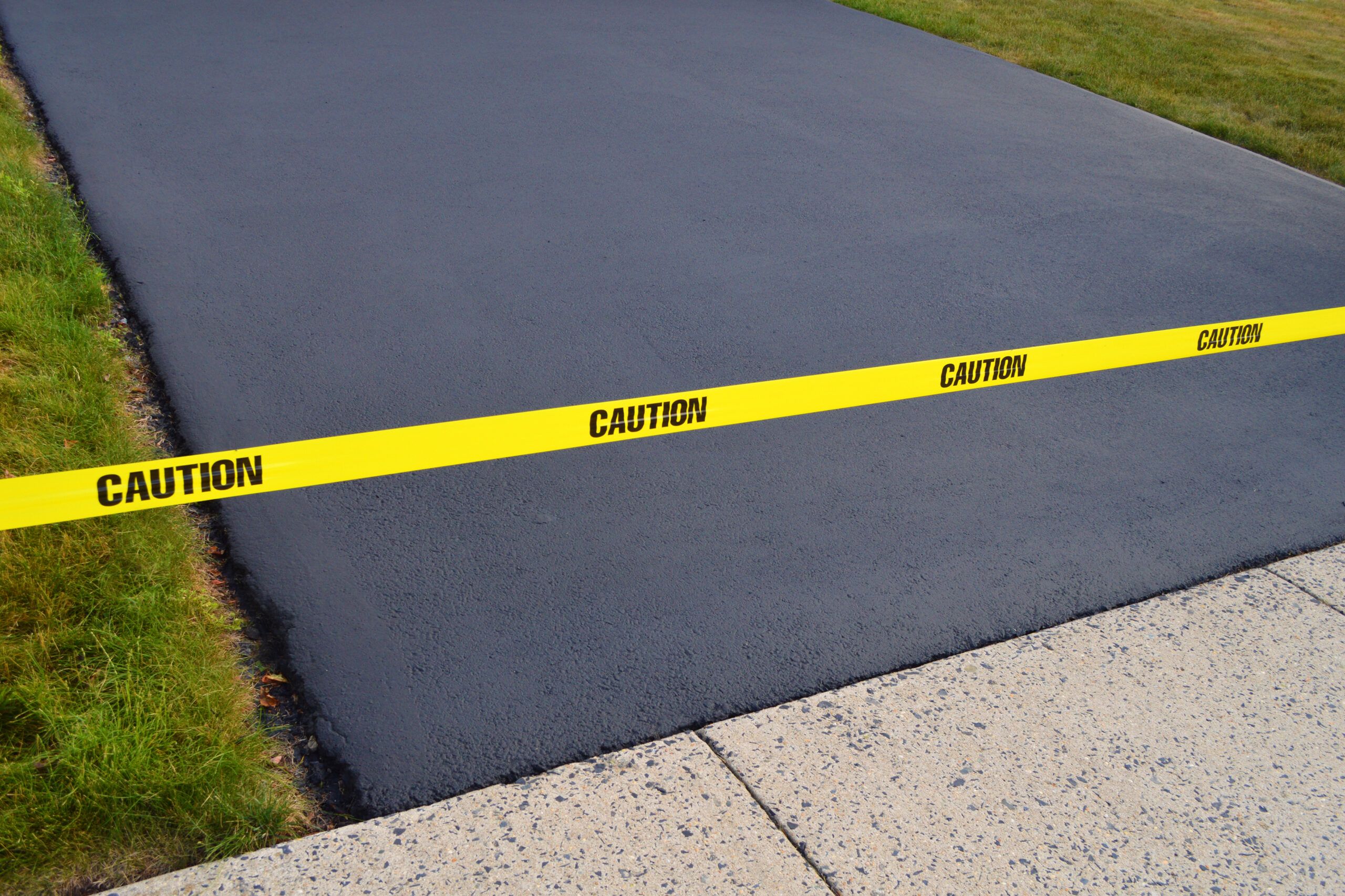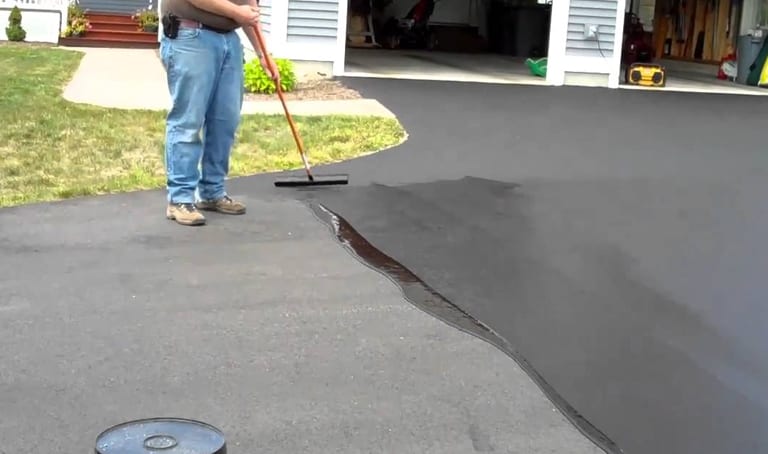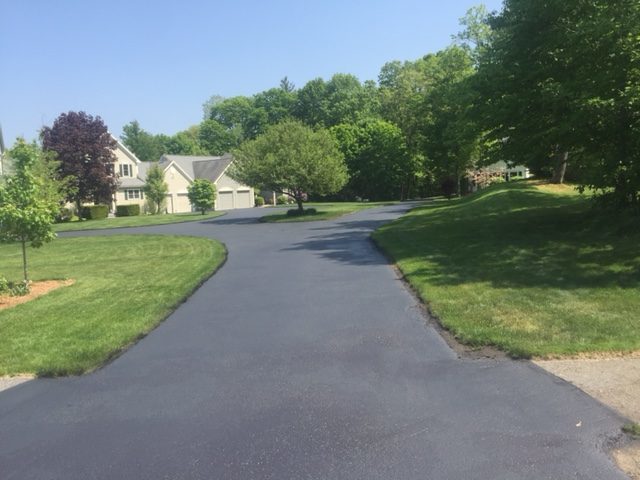Boost Safety And Security and Allure: Angled Car Park Solutions with Asphalt Sealing
Boost Safety And Security and Allure: Angled Car Park Solutions with Asphalt Sealing
Blog Article
Warm Mix Asphalt: A Lasting Solution for Sidewalk
Hot Mix Asphalt (HMA) has arised as a leading lasting selection for sidewalk services, providing a myriad of innovative technologies and environmental benefits. Its capability to recycle products and minimize energy consumption offers an engaging situation for its adoption in road building projects. The long-term performance and longevity of HMA make it a recommended alternative for framework growth. As the demand for environment-friendly building practices grows, discovering the subtleties of HMA's sustainability can give beneficial insights into the future of sidewalk services.
Ecological Benefits of Warm Mix Asphalt

Additionally, Warm Mix Asphalt aids to reduce metropolitan warm island effects. Its dark shade takes in sunshine, minimizing the quantity of warm mirrored back into the ambience compared to lighter-colored pavements. This can decrease ambient temperatures in urban areas, reducing the need for air conditioning and eventually lowering energy intake.
On top of that, Warm Mix Asphalt contributes to boosted stormwater management. Its porous nature allows water to infiltrate the sidewalk and charge groundwater supplies, decreasing runoff and the threat of flooding. These ecological advantages make Warm Mix Asphalt a lasting choice for leading freeways and roadways.
Power Performance in HMA Production
Is power effectiveness a vital element in the production of Warm Mix Asphalt (HMA)? Energy plays a significant duty in the manufacturing of HMA, affecting both cost and environmental sustainability. One vital element of energy performance in HMA manufacturing is the usage of cozy mix asphalt (WMA) innovations.
Furthermore, improvements in plant technologies have led to even more energy-efficient HMA production processes. By maximizing energy usage in HMA manufacturing, the industry can decrease its carbon footprint while keeping premium sidewalk products.
Recyclability of Hot Mix Asphalt
The recyclability of Hot Mix Asphalt (HMA) is a pivotal element of its sustainability and lasting environmental impact. HMA is among the most recycled materials in the USA, with over 100 million lots of recovered asphalt sidewalk (RAP) being reused annually in new pavement building and construction. Reusing HMA provides several ecological advantages, such as reducing the need for virgin materials, reducing energy usage throughout manufacturing, Resources and lowering the quantity of waste sent out to garbage dumps.
The process of recycling HMA entails crushing the existing pavement, squashing it right into smaller items, and mixing it with brand-new aggregate and asphalt binder to develop a recycled mix. Generally, the recyclability of HMA plays a significant function in advertising lasting practices within the pavement industry.

Long-Term Performance of HMA
Asphalt pavements demonstrate longevity and strength over an extended duration, reflecting the lasting performance of Hot Mix Asphalt (HMA) The longevity of HMA can be attributed to its capacity to withstand heavy traffic loads, severe weather condition conditions, and the results of aging. Researches have actually revealed that properly designed and appropriately built HMA sidewalks can last for two decades or even more with normal upkeep. The secret to making best use of the long-term performance of HMA lies in making use of high-quality products, adhering to finest techniques in building and construction, and carrying out efficient maintenance strategies. Correct drainage, regular examinations, and prompt repair work are important for preserving the structural honesty of HMA sidewalks in time. Additionally, advancements in HMA modern technology, such as the usage of polymer-modified binders and warm mix asphalt, have additionally boosted the longevity and long life of HMA pavements. By focusing on high quality construction and you can try this out upkeep methods, HMA remains to confirm itself as a economical and sustainable remedy for lasting sidewalk facilities.

HMA: Toughness and Sustainability
Demonstrating both toughness and sustainability, Warm Mix Asphalt (HMA) has actually ended up being a cornerstone in view website the building and construction of lasting sidewalk infrastructures - hot mix asphalt. HMA's longevity comes from its capacity to endure hefty tons, harsh climate condition, and high website traffic volumes, making it a trusted choice for streets, highways, and flight terminal runways. The structure of HMA, which typically includes accumulations, binder, and filler, plays a vital function in boosting its longevity and resistance to tear and put on
Moreover, HMA's sustainability exists in its recyclability and energy-efficient manufacturing process. The capacity to reuse reclaimed asphalt sidewalk (RAP) in brand-new HMA mixtures decreases the need for virgin materials and lessens the ecological impact of pavement building and upkeep. Additionally, the energy effectiveness of generating HMA exists in its lower mixing temperature levels compared to other pavement products, bring about reduced energy usage and greenhouse gas exhausts.
Final Thought
In final thought, hot mix asphalt (HMA) supplies a lasting option for pavement with its environmentally friendly characteristics. HMA's recyclability, power performance in manufacturing, and long-lasting sturdiness make it an eco-friendly choice for roadway building.
HMA is one of the most recycled materials in the United States, with over 100 million tons of redeemed asphalt pavement (RAP) being recycled each year in new pavement building and construction.The procedure of recycling HMA entails milling the existing pavement, crushing it into smaller sized pieces, and blending it with brand-new aggregate and asphalt binder to create a recycled mix.Asphalt sidewalks demonstrate durability and strength over a prolonged duration, mirroring the long-term efficiency of Warm Mix Asphalt (HMA) Additionally, innovations in HMA technology, such as the use of polymer-modified binders and cozy mix asphalt, have actually even more improved the resilience and long life of HMA pavements. The capacity to reuse recovered asphalt pavement (RAP) in new HMA combinations decreases the need for virgin materials and decreases the environmental effect of sidewalk construction and maintenance.
Report this page